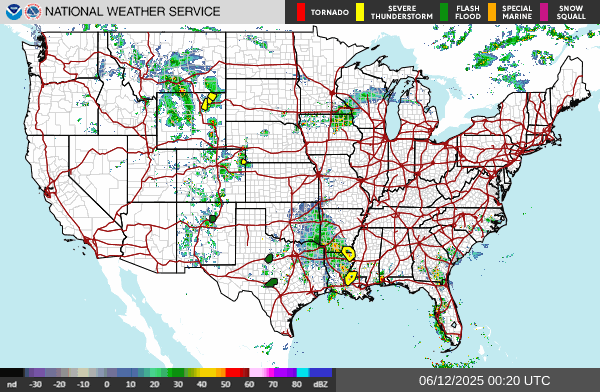 Google Weather Map Current Flu Map Allergy Forecast Air Quality |
||||
|
|
U.S. Weather Forecast |
|||
The world weather is an ever-changing and complex phenomenon that plays a significant role in shaping the lives of people and ecosystems across the globe. Weather conditions such as temperature, precipitation, wind, and humidity can have significant impacts on agriculture, transportation, infrastructure, and public health.
One of the most notable features of the world’s weather is its diversity. Depending on the region, weather conditions can vary greatly, from hot and dry deserts to cold and snowy polar regions. The equatorial regions experience high temperatures and humidity, while the temperate regions have moderate temperatures and distinct seasons.
Climate change is causing changes in the world’s weather patterns, leading to more frequent and intense weather events such as hurricanes, droughts, and floods. These extreme weather events can have significant economic and social impacts, leading to crop failures, property damage, and loss of life.
The world’s weather patterns are influenced by various factors, including the Earth’s rotation, the position of the sun, the atmosphere, and the oceans. The atmosphere plays a critical role in regulating the world’s weather patterns. It acts as a blanket, trapping heat from the sun and preventing it from escaping back into space. However, increased levels of greenhouse gases, such as carbon dioxide, in the atmosphere, are causing the Earth’s temperature to rise, leading to changes in weather patterns.
In conclusion, the world’s weather is a complex and ever-changing phenomenon that plays a significant role in shaping our lives and the environment around us. It is important to understand the factors that influence weather patterns, including the impact of human activities on the atmosphere and the environment, to mitigate the effects of climate change and adapt to changing weather patterns.



